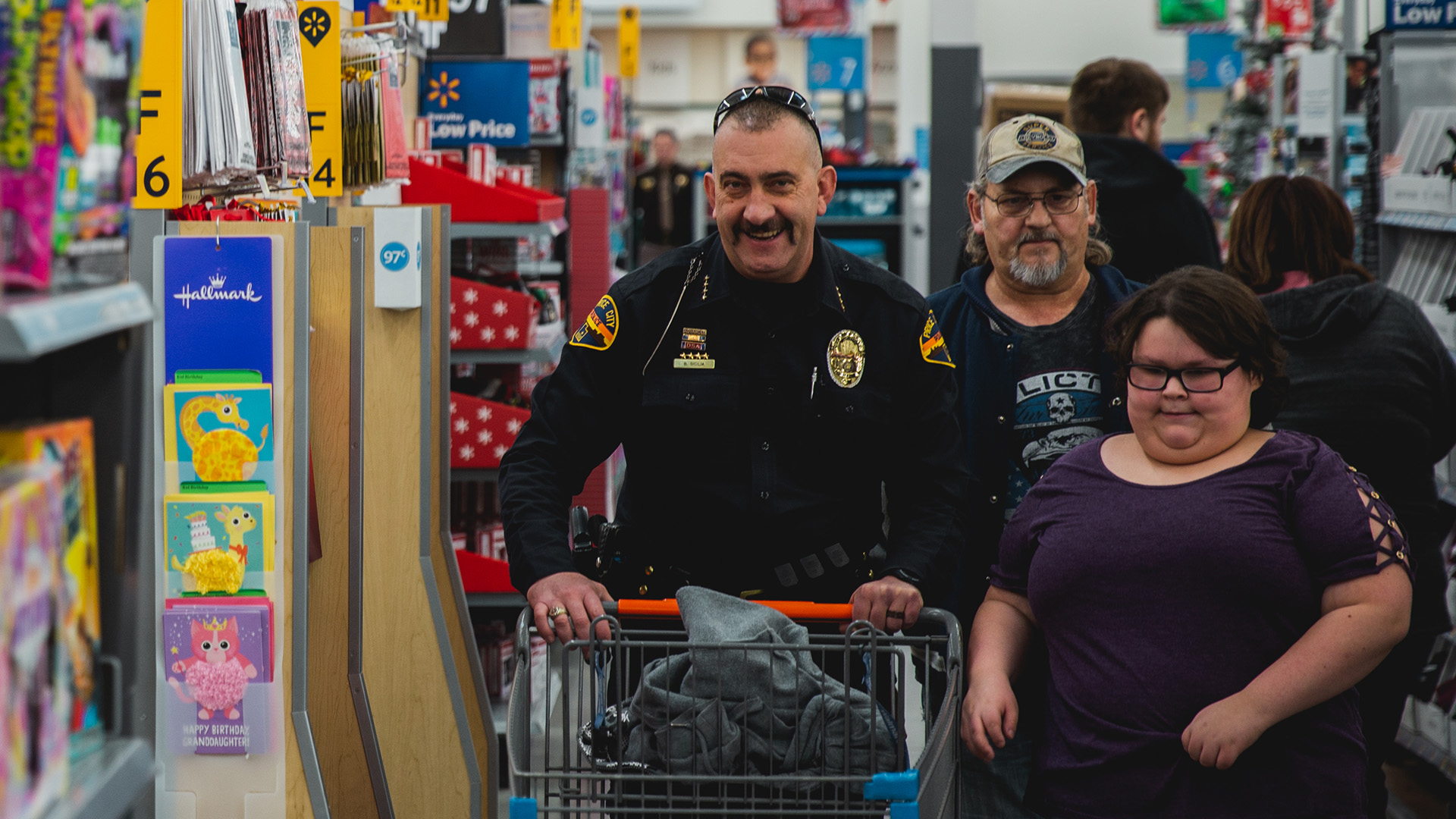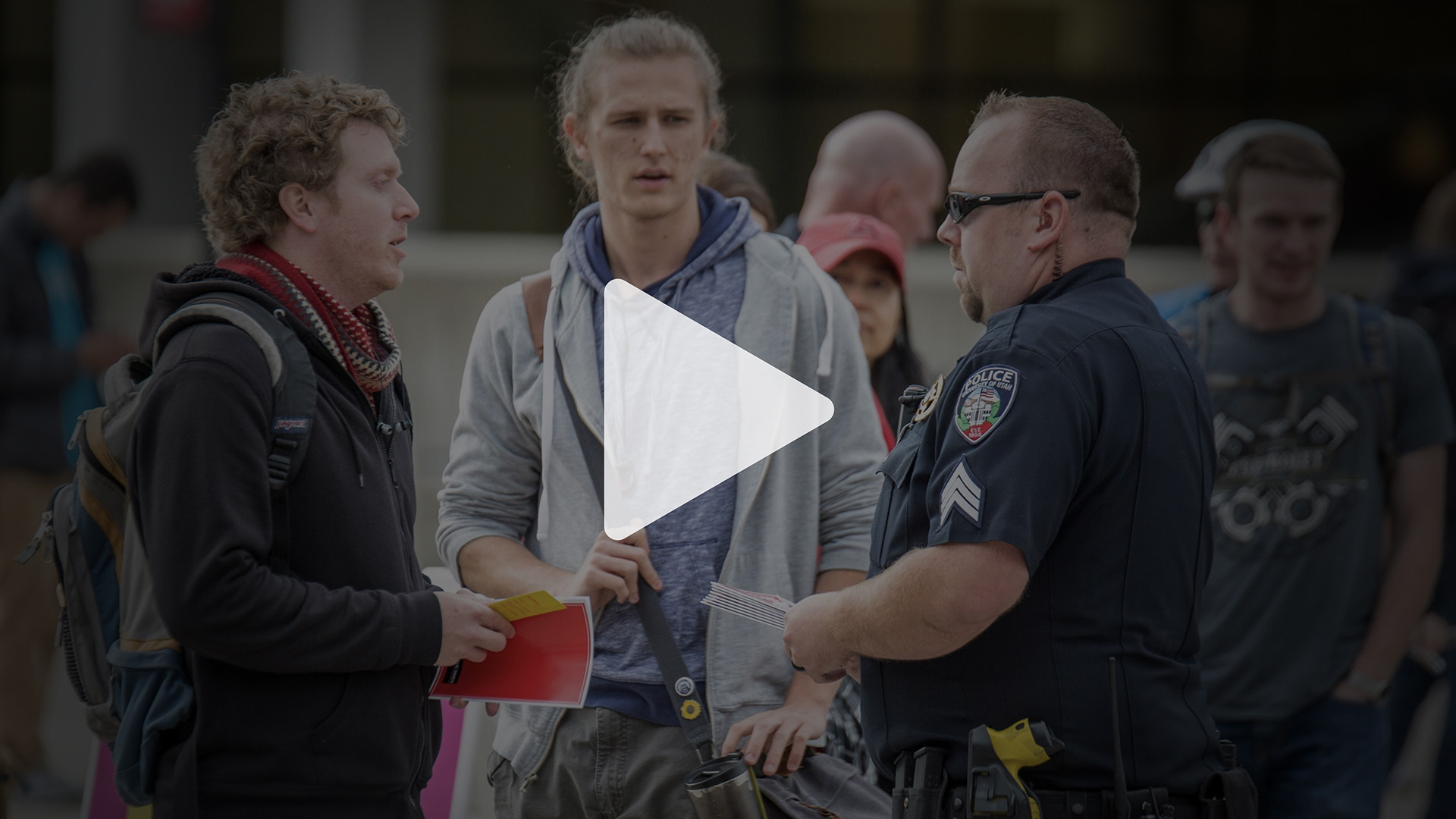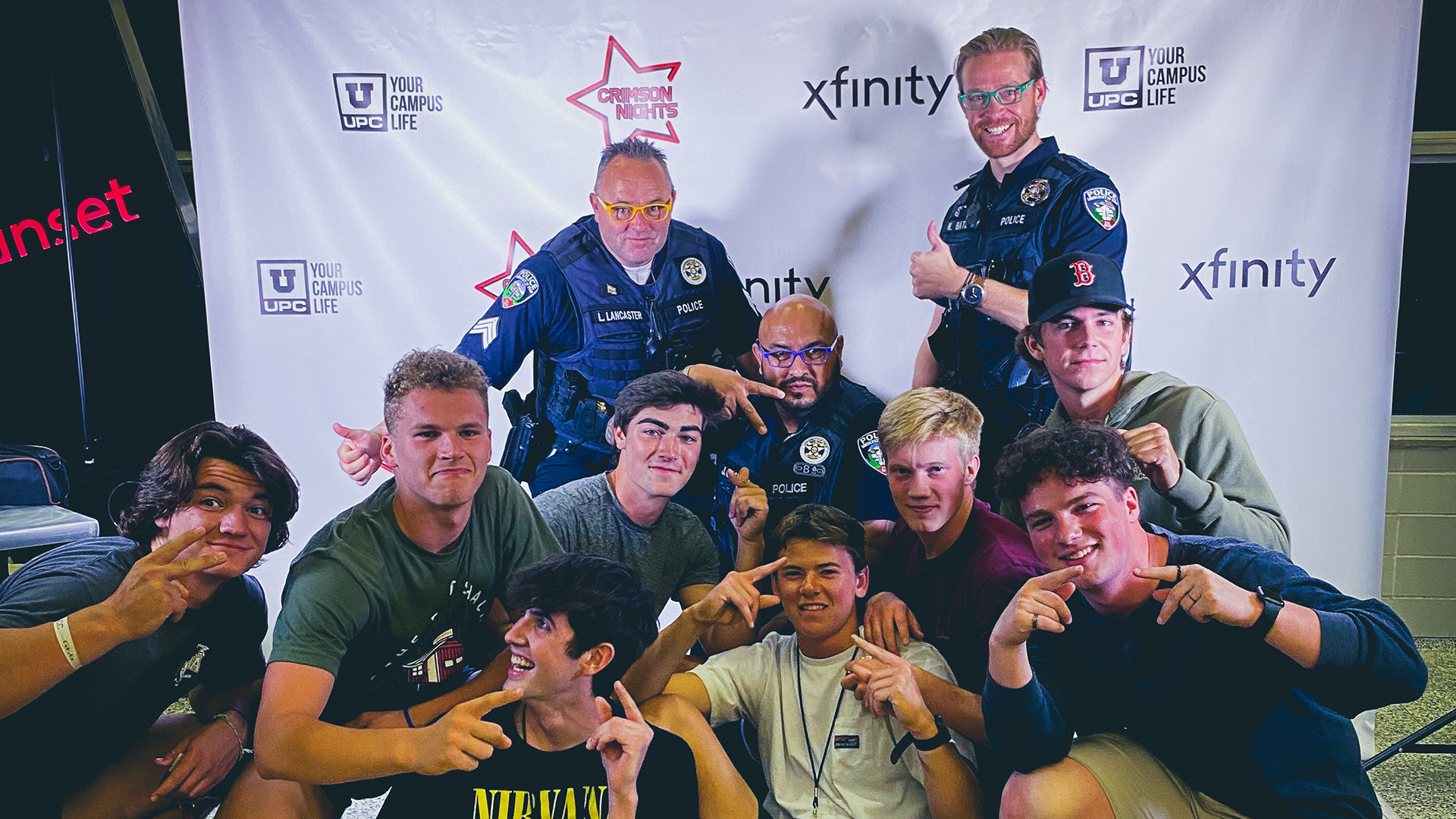A modern police department’s image lives and dies by its communication strategy. In today’s world of nonstop information, transparency and community engagement are no longer optional—they’re essential. A well-planned Visual Media Program can completely transform how the public perceives your department, strengthen trust, and even help with recruitment and retention.
Below are key lessons and strategies for developing a professional visual media program within your department.
Purpose and Impact

A strong visual media strategy does more than promote good PR—it builds credibility and demonstrates accountability. Departments that share their stories visually (through photos, videos, and digital platforms) show the public who they are, what they stand for, and how they serve.
A Visual Media Program allows a department to:
-
Proactively shape its public image
-
Increase transparency and community trust
-
Strengthen recruitment and retention
-
Highlight positive change and reform efforts
When managed effectively, the result is a department that’s seen as approachable, innovative, and community-focused.
The Value: Indirect and Direct Benefits
Even though law enforcement agencies don’t directly generate revenue, they play a critical role in enabling revenue across their communities—by keeping campuses, cities, and events safe. That trust and sense of safety directly affect student enrollment, tourism, and local business growth.
Additionally, a well-executed media program can create opportunities for direct revenue through sponsored video content, podcast partnerships, and interdepartmental billing for multimedia projects. These funds can help sustain the program and expand its reach over time.
Podcast: Humanizing the Badge
A weekly podcast is a fantastic way to connect with your community. It’s conversational, informative, and easy to produce with minimal resources. Invite officers, community partners, and even residents to share stories and insights.
Potential topics include:
-
Safety tips for students, families, and community members
-
Department updates and progress on new initiatives
-
Event coverage and safety discussions
-
“Ask a Cop” Q&A sessions to answer public questions
Podcasts can be published on platforms like Spotify, Apple Podcasts, and Google Podcasts to reach a broad audience.
Video Content: Transparency in Action

Virtual Ride-Alongs
Create short, documentary-style episodes that show what officers do day-to-day. This helps demystify law enforcement work and fosters connection between officers and the community.
Educational and Training Videos
Topics could include crime prevention, community safety apps, victim advocacy resources, or mental health awareness. These videos double as valuable training tools and public education materials.
Recruitment Videos
Studies show recruitment videos drive significantly higher application rates. Tailor videos to highlight your department’s mission, values, and opportunities for growth.
Strengthening Your Web and Social Presence
Most people—especially students and young adults—spend hours each day on social media. Departments should meet their audience where they are and use these platforms strategically.
Platform tips:
-
Facebook: Share videos, department news, and live-stream community events.
-
Instagram: Post behind-the-scenes photos, officer spotlights, and event coverage.
-
X (formerly Twitter): Use for quick updates, alerts, and real-time communication during crises.
-
YouTube: Host all video content with clear playlists for training, recruitment, and community engagement.
A modern, easy-to-navigate department website should act as the central hub for all digital communication. It’s often the first place the public turns for information, so the design and structure should make everything clear, accessible, and trustworthy.
Key features every department website should include:
1. Homepage Essentials
-
Prominent links to emergency contacts and reporting options (911, non-emergency line, anonymous tip form, etc.)
-
A clear mission statement or “About Us” summary that communicates the department’s values and focus on community service
-
Quick links to news, alerts, and current initiatives
-
Featured media such as recent videos, podcasts, or event coverage
-
Links to social media accounts and newsletter signup forms
2. Community Engagement Section
-
Information about outreach programs, community policing initiatives, and upcoming events
-
Volunteer and ride-along opportunities
-
Educational resources such as safety tips, fraud prevention guides, and crime prevention strategies
-
A community feedback form for questions, compliments, and non-urgent concerns
3. Transparency and Accountability
-
A clear chain of command with leadership bios and photos
-
Public access to department policies, annual reports, and use-of-force statistics
-
A professional standards page detailing the complaint process and commendations system
-
Dashboards or infographics summarizing calls for service, response times, or crime trends (updated regularly)
4. Press and Media Center
-
A dedicated news section for press releases, media statements, and department updates
-
A media contact page with direct contact info for the department’s Public Information Officer
-
A searchable press release archive with categories and tags for easy navigation
-
Downloadable press kits and official logos for media use
5. Recruitment Hub
-
Overview of department culture, career paths, and benefits
-
Videos and testimonials from current officers
-
A clear list of current job openings and application instructions
-
Links to training programs, internships, and cadet opportunities
6. Training and Education
-
Online training opportunities for other agencies or community partners
-
Access to public safety videos and educational resources
-
A calendar of training events or workshops
7. Accessibility and Design
-
Fully mobile-friendly layout with responsive design
-
Clear, ADA-compliant typography and contrast
-
Translation options for multilingual communities
-
Prominent search functionality to help users find what they need quickly
8. Newsletter and Email Lists
-
Options for users to subscribe to updates by topic (safety alerts, community events, press releases, etc.)
-
Automated email alerts when new content is published
-
A backend system that integrates with the department’s CRM or communications tools for consistent outreach
A strong website unites every part of your media strategy—videos, podcasts, press, and social engagement—into a single, reliable source of truth. When the public can easily find information, see your transparency efforts, and engage directly with your department, it builds confidence and trust that last far beyond any single post or press release.
Articles and Press Releases
Encourage members of your department to publish short articles or blog posts about their work. These can highlight safety initiatives, personal experiences, or insights into specific roles. Articles humanize the department and foster dialogue.
For press releases, adopt a proactive approach—share stories about accomplishments, community partnerships, and positive developments, not just incidents. Departments that take control of their narrative earn greater respect from both the public and the press.
Community Outreach Integration

A Visual Media Program should work hand in hand with community outreach teams. Capture and promote events such as safety trainings, educational programs, or recreational activities. Show officers volunteering, teaching, and connecting with residents.
These visual stories demonstrate that your department’s commitment to safety extends far beyond enforcement—it’s about partnership and trust.
Building Trust Through Transparency
Implementing a Visual Media Program isn’t only about content creation—it’s about rebuilding and maintaining public trust. Sir Robert Peel’s principles of policing remind us that the legitimacy of law enforcement depends on public approval and cooperation.
Visual storytelling is one of the most effective ways to reinforce those principles today. By showing your department’s efforts, challenges, and humanity, you create understanding and strengthen the vital bond between officers and the people they serve.
Final Thoughts
If your department is serious about modernizing communication and public engagement, a Visual Media Program is a powerful investment. Start small—maybe with a few videos or a podcast—and grow as your team and community buy in.
When the public can see your dedication to safety, transparency, and service, they’ll feel it too. And that’s how trust is rebuilt—one honest story at a time.
